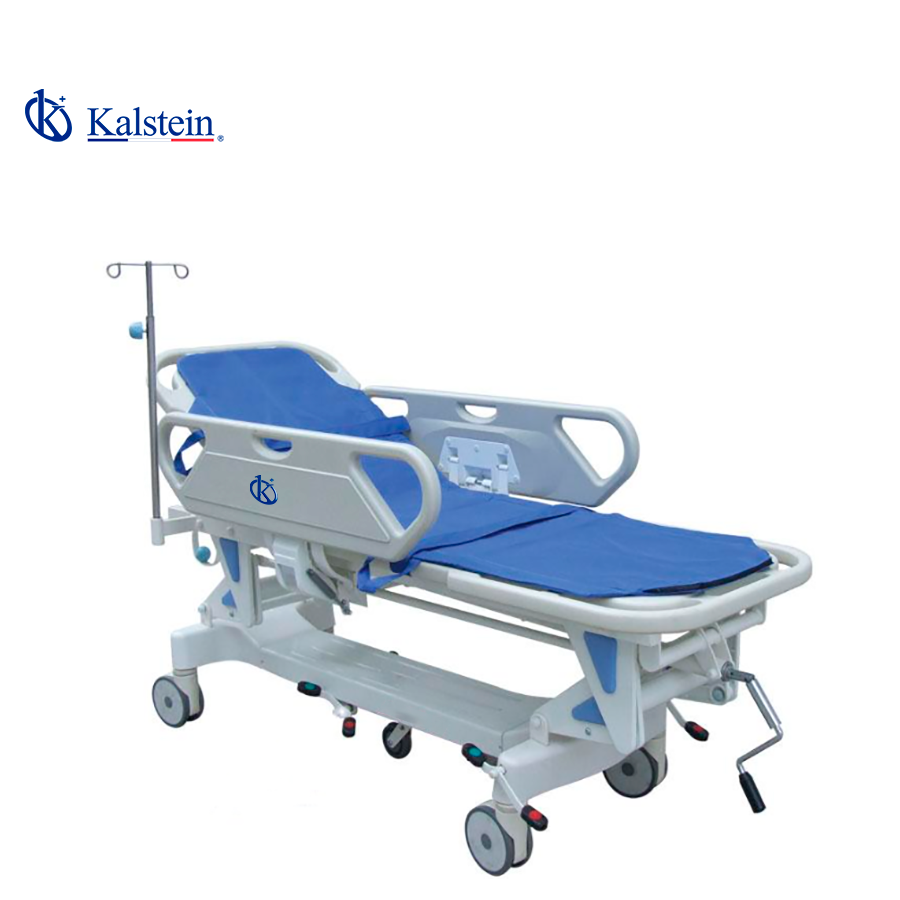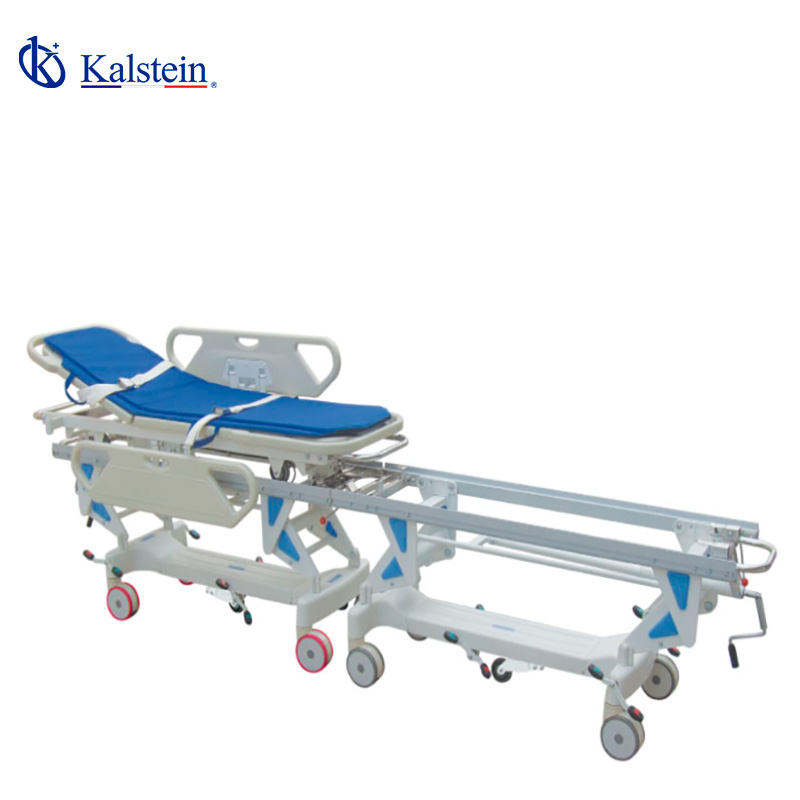The study of biopsies is performed by taking tissue samples to rule out the presence of malignant cells, through different ways, either by incision and excision methods (puncture, scraping, needle).
Once the sample is extracted, they are subjected to structural changes, by special liquids, then cut, and analyzed by the microscope, to confirm the diagnosis. Finally, the tissues are sent to a laboratory and the pathologist is in charge of analyzing them.
Types of Biopsies
There are several types of biopsies, whose use depends on the purpose of the procedure, and they are:
- Incision: It is responsible for removing only a portion of a suspicious tumor, and is generally used when large samples are involved. The extraction of these samples requires local anesthesia and may or may not require stitches.
- Split: It takes care of all the tumor and part of the surrounding tissue. It’s invasive, and it’s done under local anesthesia, requires sutures or skin grafting.
- Punch: it is a technique that requires deep sampling of the areas to be studied, generally, are performed on large lesions of the skin, palm of the hand, fingers, face and ears. In its process, it removes approximately ¼ inch deep. Tools such as blades are used to pierce the skin, the sample is lifted with a needle and cut with scissors.
- Scraping: with this technique, the epidermis and a small portion of the dermis are removed, using a scalpel to remove the tissues. In addition, this procedure requires anesthesia and does not require sutures.
- Needle: It is used for the removal of internal organs, lymph nodes, or deep areas of the skin. These techniques, a fine hollow needle is used, and sometimes with the help of an imaging technique such as X-ray. It’s a diagnostic procedure, imaging (like a CT scan, MRI, or ultrasound).
Depending on the type of biopsy, the doctor will apply pressure to stop any bleeding and cover the incision in the skin with a bandage. And it will depend on the situation the patient requires.
Procedures for the Analysis of Biopsies
Procedures for the study of samples and performing biopsies, is initiated carefully, to extract liquids from tissues and exchange it for other material that preserves them. Then, the samples should be chemically treated, to cut into very thin sections, placed in glass slides, dyed to increase contrast, and studied with the microscope.
- Permanent cuts: these are prepared by placing the tissue in a fixative to preserve it (usually formol), then treated with several additional solutions and finally placed in paraffin. Once the paraffin hardens, the tissue is cut into thin sections, which are placed on slides and stained.
- Frozen cuts: they are made by freezing and cutting tissue samples. Its processing time is approximately 15 to 20 minutes. They are used, when an immediate response must be obtained; for example, to determine if the tissue is cancerous and thus guide the surgeon through the course of the operation.
On the other hand, these common practices, immunohistochemistry techniques are required (use of antibodies that identify certain antigens in the tissue) to arrive at a accurate diagnosis. In addition, it requires prudential time, taking into account that the pathologist does not emit results, but makes a subjective interpretation of the alterations that he observes in the cells and tissues, to reach a diagnosis. Knowledge and observation are required for technicians to process the samples and the pathologist to begin studying them.
Kalstein Brand Fabric Processor
We at Kalstein are trained to enforce the requirements of our users, in terms of the selection of laboratory equipment. We offer you, the Tissue Processor, equipment designed for the analysis of samples collected in laboratories for the study of biopsies, which has attractive features, such as high quality imported parts, smooth operation, low noise, ergonomic design. The high-quality LCD screen integrated with intuitive bilingual (Chinese / English) software offers clear viewing and easy operation; the man-machine talk interface for scrolling / flipping windows provides clear instructions for every step (online help). Plexiglas cover well sealed with gas ejection mechanism, ecological and safe. The stirring frequency can be adjusted within a range of 0 to 6 times/minute (0 indicates no stirring), allowing a full, sufficient and uniform reagent infiltration
To learn more about our products, visit HERE. At Kalstein, as manufacturers, we offer you all the advice our customers need, for your purchase is ideal, and at excellent prices.
Come, visit us at HERE



